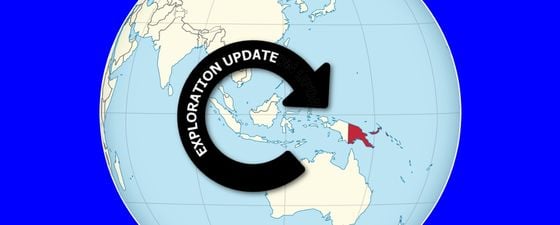2 Tcfg Discovery
A new discovery in the New Guinea North Highlands of Papua New Guinea (PNG) has the potential to extend the recently opened PNG LNG plant in Port Moresby with a fifth production train.
Petroleum Projects. (Source: Based on work by the Papua New Guinea Chamber of Mines and Petroleum)
In December 2016, Oil Search Limited, operator of block PPL 402 in the Papuan Fold Belt, announced that its Muruk 1 well had encountered high quality sandstone reservoirs in its primary objective, the Toro Formation. The sandstones are very similar to those in the Hides gas field, about 20 km to the south-east, which has an estimated 5.3 Tcfg 2C reserves and is the largest field in the country. Muruk 1 was spudded on November 2, 2016 and reached TD of 3,130m at the end of December. Evaluation is underway to determine the size of the discovery, but initial reports put it in the region of 2 Tcfg.
The Muruk discovery is close to PNG LNG infrastructure and it would be easy to hook into the infrastructure and pipeline which takes gas from the highland fields to the LNG plant in Port Moresby about 650 km to the south-east. Oil Search have a 37.5% interest in the 510 km2 block, with ExxonMobil holding 42.5% and Santos, 20%.
Further reading
Like Everywhere You’ve Never Been by Jane Whaley
One of the last intact wildernesses left on earth, Papua New Guinea is experiencing an unprecedented resurgence of interest from the hydrocarbon industry. Is it possible to encourage the advances of modernisation and the oil industry without jeopardising the ecology and culture of this amazing country? This article appeared in Vol. 4, No. 2
Waking up to Papua New Guinea by David Upton
Perched on the edge of a subduction zone, Papua New Guinea bears little resemblance to most of the world’s petroleum terranes. But the small Pacific nation is suddenly on the radar of the global petroleum industry and major players are racing to secure a position. This article appeared in Vol. 12, No. 4
PNG: Reprocessing Offers Offshore Potential by Subrata Kumar Das, SAMIT
Reprocessing of vintage seismic has opened up new frontier exploration potential in Papua New Guinea. This article appeared in Vol. 13, No. 6





